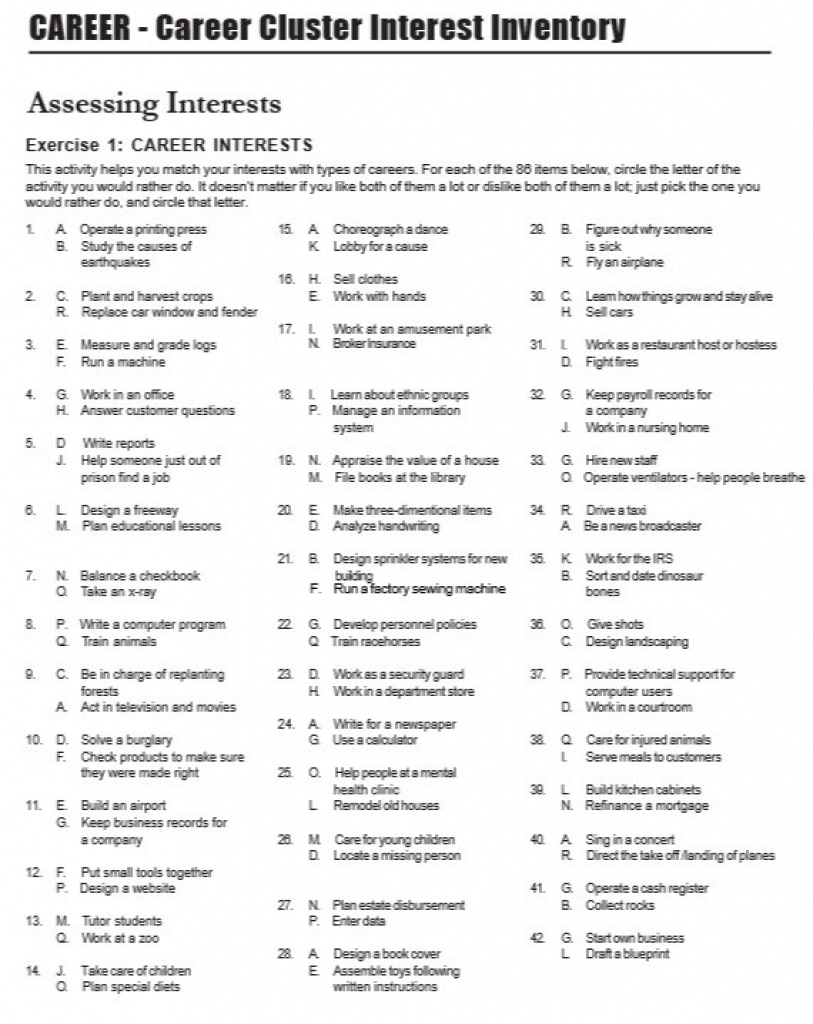As professionals, it is crucial for us to understand the interests and preferences of those we work with. This not only helps us build better relationships but also allows us to tailor our approach to their specific needs. To aid in this process, student interest surveys can serve as invaluable tools to gain insights into the minds of our students. By gathering information about their likes, dislikes, and areas of passion, we can design educational experiences that are engaging, meaningful, and relevant.
Student Interest Survey: Getting to Know Your Students
 A student interest survey, such as the one illustrated in the image above, is designed to help educators gain a comprehensive understanding of their students’ preferences. By asking questions relating to hobbies, interests, and personal goals, we create a bridge between the educational content and the students’ real-life experiences. This information can be instrumental in designing lesson plans that are both academically rigorous and personally engaging to the learners.
A student interest survey, such as the one illustrated in the image above, is designed to help educators gain a comprehensive understanding of their students’ preferences. By asking questions relating to hobbies, interests, and personal goals, we create a bridge between the educational content and the students’ real-life experiences. This information can be instrumental in designing lesson plans that are both academically rigorous and personally engaging to the learners.
Career Clusters Interest Survey
 High school counselors and career advisors often rely on career interest surveys, like the one shown above, to assist students in identifying potential career paths. By exploring the students’ interests, strengths, and aspirations, educators can offer targeted guidance and suggest relevant academic programs or extracurricular activities. The aim is to help students make informed decisions about their future and embark on paths that are aligned with their interests and talents.
High school counselors and career advisors often rely on career interest surveys, like the one shown above, to assist students in identifying potential career paths. By exploring the students’ interests, strengths, and aspirations, educators can offer targeted guidance and suggest relevant academic programs or extracurricular activities. The aim is to help students make informed decisions about their future and embark on paths that are aligned with their interests and talents.
Reading Interest Surveys
 Reading interest surveys, like the one depicted in the image above, are invaluable tools for teachers to understand their students’ literary preferences. By gathering insights into the genres, authors, and topics of interest to individual learners, educators can curate reading material that resonates with their students. This not only boosts their enthusiasm for reading but also nurtures a lifelong love of literature.
Reading interest surveys, like the one depicted in the image above, are invaluable tools for teachers to understand their students’ literary preferences. By gathering insights into the genres, authors, and topics of interest to individual learners, educators can curate reading material that resonates with their students. This not only boosts their enthusiasm for reading but also nurtures a lifelong love of literature.
Remember, student interest surveys are only effective if they are followed by action. After gathering the information, it is essential to integrate the findings into our teaching methodologies and education plans. By doing so, we create an inclusive and engaging learning environment that caters to diverse interests, promotes individual growth, and fosters a genuine enthusiasm for learning.